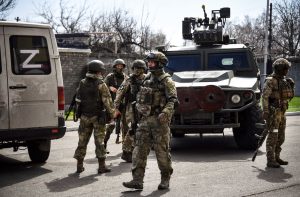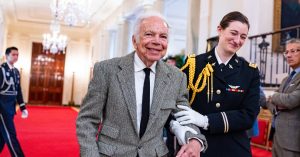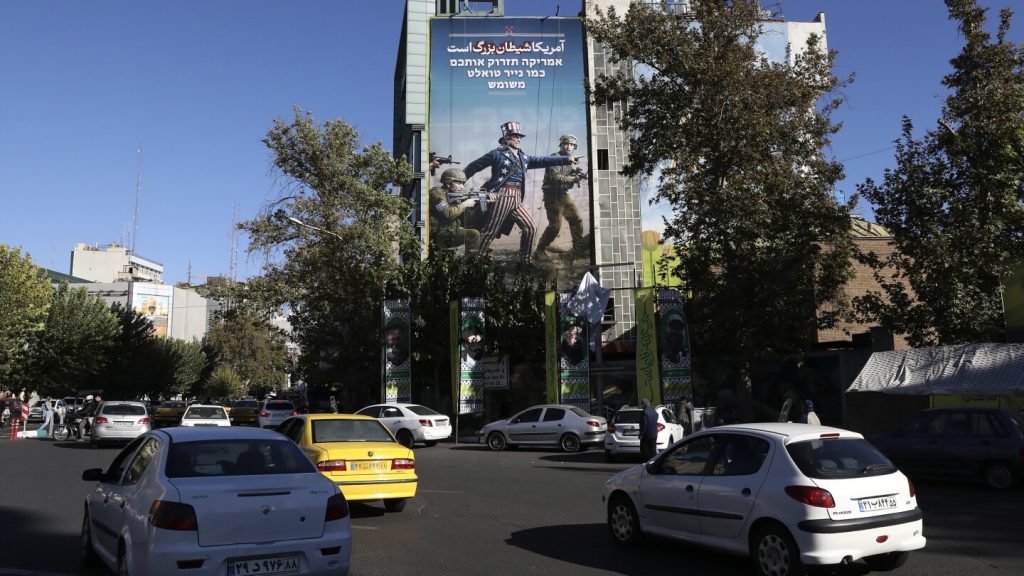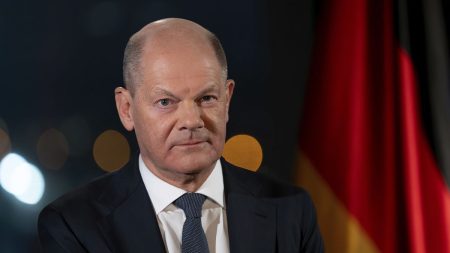As Donald Trump won the U.S. presidency for a second term, Iran’s currency, the rial, fell to an all-time low against the dollar. The rial traded at 703,000 rials to the dollar, breaking through the previous record before slightly recovering to 696,150 to $1. The slide in the currency comes amid existing challenges faced by Iran over its struggling economy and tensions with the U.S. Amir Aghaeian, a 22-year-old student in Tehran, expressed concerns that Trump would intensify sanctions against Iran, leading to further economic and social difficulties for the country.
The rial’s value has sharply declined over the years, with the rate being 32,000 to $1 at the time of Iran’s nuclear deal with world powers in 2015. Following Trump’s unilateral withdrawal from the accord in 2018, tensions between the U.S. and Iran have persisted, impacting Iran’s economy. President Masoud Pezeshkian, who came to power after the death of hard-line President Ebrahim Raisi in May, had promised to ease Western sanctions. However, Iran’s government has been downplaying the impact of the U.S. election on Tehran, stating that major policies of the country and the U.S. remain fixed.
Despite the election of Donald Trump as the 47th president of the United States, tensions between Iran and the U.S. continue, dating back to the 1979 embassy takeover and hostage crisis. Iran is currently involved in various conflicts in the Middle East, supporting militant groups like Hamas, Hezbollah, and Houthi rebels. Israel has been carrying out military operations targeting these groups, further complicating the situation in the region. Iran has also faced retaliations from Israel, prompting threats of retaliation from the Islamic Republic.
The sentiment towards Trump in Iran varies among the population, with some viewing him negatively, comparing him to the devil, while others take a more pragmatic approach. Mahmoud Parvari, a 71-year-old taxi driver in Tehran, expressed strong disdain towards Trump, likening him to Satan. On the other hand, another taxi driver named Hosseini emphasized the importance of making deals with foreign leaders, including Trump, if it benefits the country. The complex dynamics between Iran, the U.S., and its allies in the region continue to shape the geopolitical landscape of the Middle East.
As Iran grapples with economic challenges and regional conflicts, the impact of the U.S. presidential election on the country remains uncertain. The fluctuating value of the rial and the looming threat of intensified sanctions under Trump’s administration present significant hurdles for Iran’s economy. The government’s efforts to downplay the election’s effect on Tehran suggest a cautious approach to managing relations with the U.S. and navigating the ongoing geopolitical tensions in the region. The future trajectory of Iran’s economy and its role in the Middle East will likely be shaped by the outcomes of the U.S. election and the evolving dynamics between Iran and its regional adversaries.















